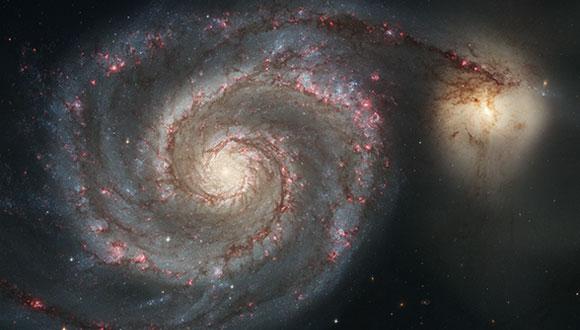Astronomy & Astrophysics Seminar: Universal properties of equations of state of dense nuclear matter and mass-radius curves of neutron stars
Dmitrtt Ofengeim, HUJI
Zoom: https://tau-ac-il.zoom.us/j/87230679135?pwd=Y1duRlArUkJwSnhaaXVscUU0azY3Zz09
Abstract:
Neutron stars (NSs) are among the densest objects in the contemporary Universe. Matter of their cores is several times denser than that of atomic nuclei. Determining the equation of state (EoS) of such superdense matter is an intriguing problem of modern physics. It is inaccessible in terrestrial laboratory experiments and hard to be explored theoretically. In the literature one can find several hundreds of EoS models—nucleonic, hyperonic, hybrid (i.e. with deconfined quarks)—based on different approaches to the NS microphysics. Their diversity reflects a lack of our knowledge on properties of superdense nuclear matter. Astrophysical observations of NSs are one of the rare opportunities to shed a light on this physics. In particular, observation of NSs with mass higher than 2 solar masses and detection of the gravitational-wave signal GW170817 from binary NS merger together with its electromagnetic counterpart constrained valid manifold of EoSs significantly.
In spite of the differences of various EoSs, it is widely known that some macroscopic NS properties show universal correlations which are largely independent of a specific EoS model. Such relations help to interpret NS observations and, ultimately, to constrain the EoS. In this talk, I present a novel class of universal phenomenological relations for very basic properties of NS, their mass-radius curve and pressure-density dependence (i.e the EoS itself). They explore the idea that for a given EoS the maximum-mass NS (so-called Oppenheimer-Volkoff limit) provides a key scale for all NSs. The developed relations allow one to build an explicit semi-analytic solution to the problem of NS hydrostatic equilibrium (the inverse Oppenheimer-Volkoff mapping), which is a handful tool to constrain the EoS from observational data on masses and radii of NSs.
Seminar Organizer: Dr. Jonathan Stern


